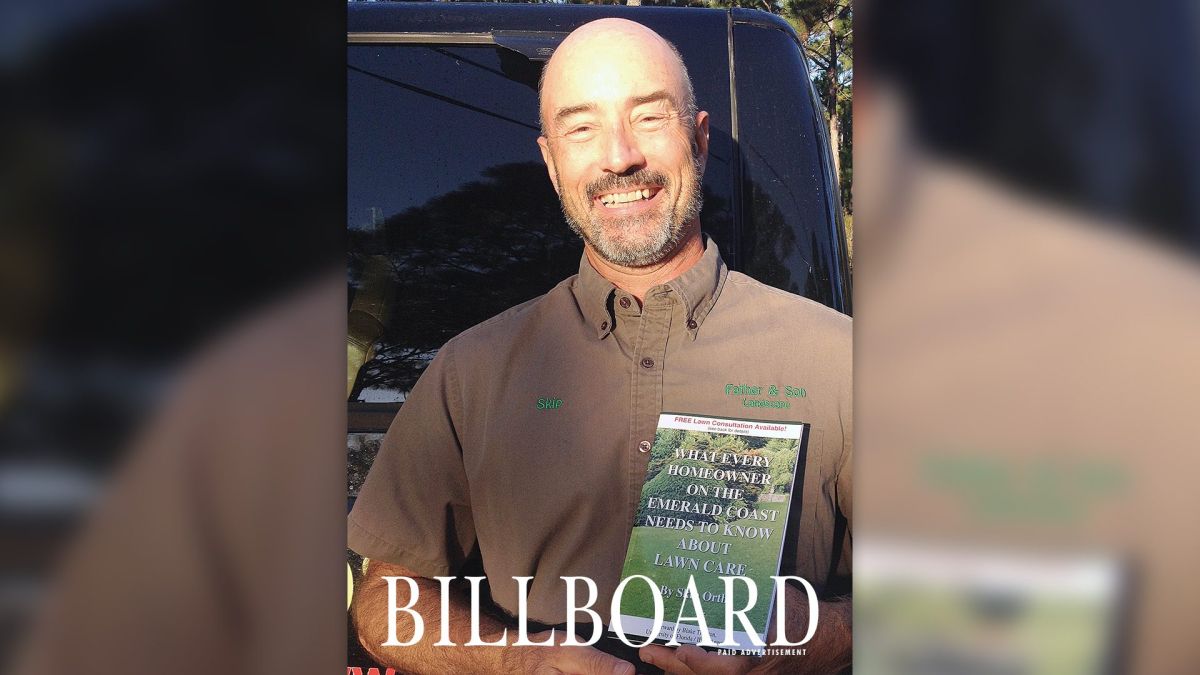HOW TO PREPARE YOUR LAWN FOR FALL AND WINTER

The growing season will soon be over. Here are a few things that you need to be aware of to keep your lawn healthy into fall and winter:
APPLY WINTERIZER TO THE LAWN
Winterizer is a specially formulated fertilizer that is applied in the fall to promote root growth in the lawn. IT IS VERY IMPORTANT THAT WHEN YOU PURCHASE “WINTERIZER” THAT YOU READ THE INGREDIENTS! Many so-called “winterizers” I have seen sold in big box stores are not winterizers at all and if applied to your lawn in the fall will actually do more harm than good! A true winterizer will have a formulation of mostly potassium and very little or no nitrogen. Nitrogen stimulates top growth, something you do NOT want to do in the fall and potassium stimulates root growth. There are numbers on every bag of fertilizer that will tell you the amount of nitrogen, phosphorous and potassium, in that order, in the bag. A true winterizer fertilizer should have a first number (nitrogen) of 5 or less and a third number (potassium) of 25 or more. We use a 0-0-62 when making our winterizer applications.
You should NEVER use a high nitrogen fertilizer in the fall! By stimulating top growth in the fall, the grass is using energy it should be saving for the following spring to come out of dormancy, increasing the chance for the lawn to experience winter kill. I’ve seen countless lawns over the years that never greened up in the spring because they had been fertilized with nitrogen the previous fall and never came out of dormancy!
APPLY PRE EMERGENT WEED CONTROL FOR WINTER WEEDS
There are a number of cool season weeds that emerge in northwest Florida during the winter and to help prevent them, it is a good idea to make an application of pre emergent weed control to your lawn in October. Products such as Atrazine, Simozine and Pendimethalin are good for fall pre emergent weed control.
REDUCE WATERING
With the onset of cool temperatures, the grass will slow its growth and will need less water. Continuing to water the lawn after it stops growing is unnecessary at best and can be harmful at worst! Cooler temperatures and shorter days cause the water applied to the grass to linger on the lawn which creates ideal conditions for disease activity. Reduce the opportunity for disease activity by reducing watering frequency to once or twice a week in October and turn the system off completely and drain the pump in November.
DRAIN YOUR IRRIGATION PUMP
Two winters ago, we had some particularly cold weather that damaged just about every irrigation pump that had not been drained, a costly lesson for many homeowners! Draining your irrigation pump is simple and only takes about 3 minutes. On the front of the pump, where the large pipe is connected, is a threaded plug close to the bottom. Use a 9/16 box end wrench or socket to remove the plug. After removing the plug, open the spigot at the top of the pump to allow air to enter the pump as the water drains out. After all the water is drained, replace the plug and your pump is winterized!
WATCH FOR PESTS AND DISEASE.
There is one turf destroying insect pest that remains active through the winter, mole crickets. All other insect pests are inactive through the cooler season. If you had a problem with mole crickets in the spring and treated for them, the residual effects of the treatment are gone by the fall and mole crickets can return! If you see signs of mole cricket activity anytime during fall and winter, be sure to treat them.
Certain types of lawn diseases are especially active during cooler temperatures in the fall. Be watchful for any declining areas in the lawn that have a circular pattern to them, which could indicate disease activity. Disease activity in the fall should be treated by reducing irrigation and application of proper fungicides.
ARE YOU HAVING
TROUBLE KEEPING YOUR LAWN HEALTHY?
Call or text Skip at
850-240-7935 for a FREE LAWN CONSULTATION!
Father And Son Pest and Lawn Solutions
8373 E Bay Blvd, Navarre, FL 32566
850-939-9868
Fatherandsonlandscape.com





